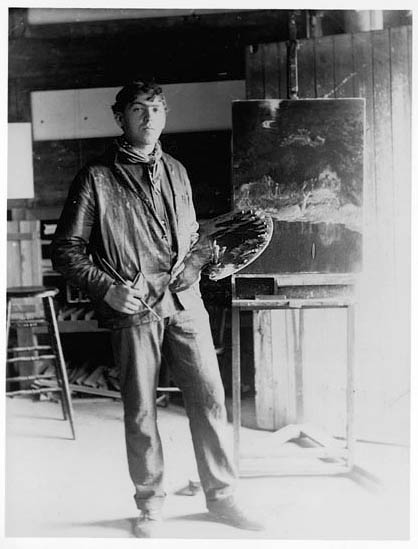 |
| Snowflake lights for the holiday |
This will be short. My wife fell Friday and broke her
upper arm. We were at a cabin in the pine woods around Idyllwild, California,
celebrating our 49th anniversary. She slipped on a frost-covered porch step.
Because the effects of cancer make it unsafe for me to drive, the fire
department was called, and she was taken in an emergency unit to a hospital
in Palm Springs.
Two wonderful friends who live near us and happened to be
home from work not only brought my wife home from the hospital that evening but drove up the
mountain to retrieve me the dog, and our car. My wife is passing her second day
at home, sleeping OK with arm in a sling and managing the pain with meds.
I’m fortunately coming down off my last round of chemo and
have the energy to be chief caregiver—a role I’m happy to take. But being
unable to drive, I’m a little less than adequate for the job. Public
transportation is sketchy, though I’ve been studying the bus schedules, and
getting around is not impossible. We can
have meals delivered from restaurants in town, as long as it’s pizza, pasta,
Mexican, or Thai.
A convenience store is located about a 5-minute walk away, so
we shouldn’t run out of milk, bread—or beer, should it come to that. We already know that the hospital
pharmacist will deliver prescriptions to the door. And just about anything else
can be ordered for next-day delivery from Amazon. Material needs will be taken
care of.
Monday morning, I’ll be on the phone to the social worker
who is on staff at the Cancer Center, to see what she can do for me to get to
my own doctors appointments, as they will be starting up again after the
holidays. The irony is that this new development has forced me to become more
self-reliant, while at the same time, showing me how interdependent our lives are with others.
Even my dog Zoe, who watches us and registers every wave of our concern, is
quick to offer loving company.
Meanwhile, a pot of vegetable soup is simmering on the kitchen stove. And so life goes on.


















